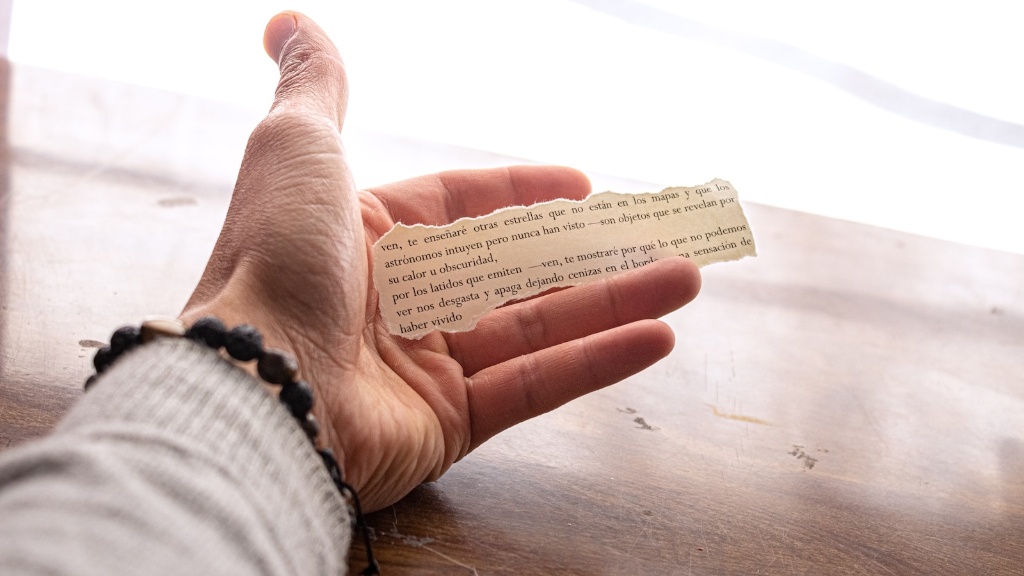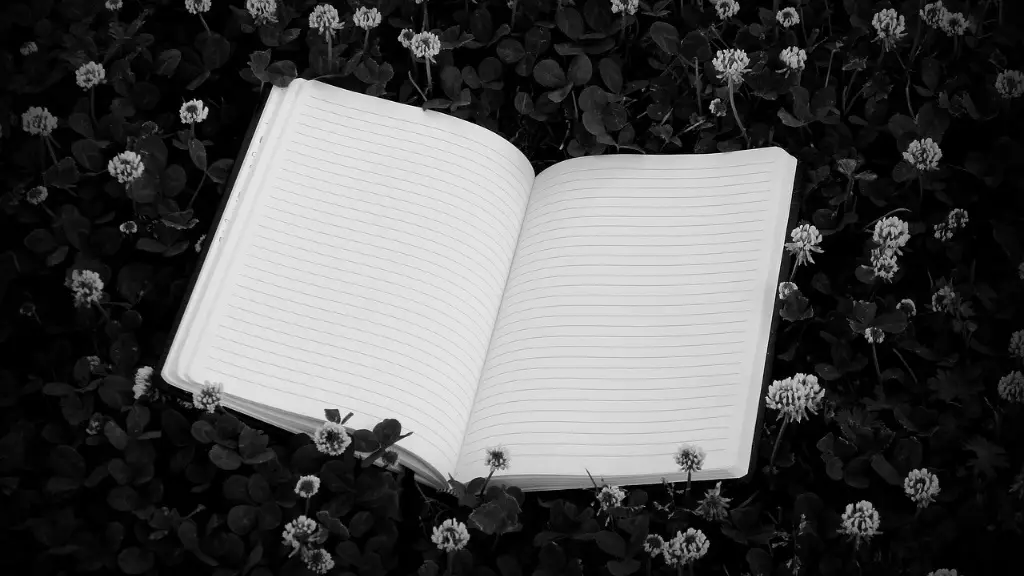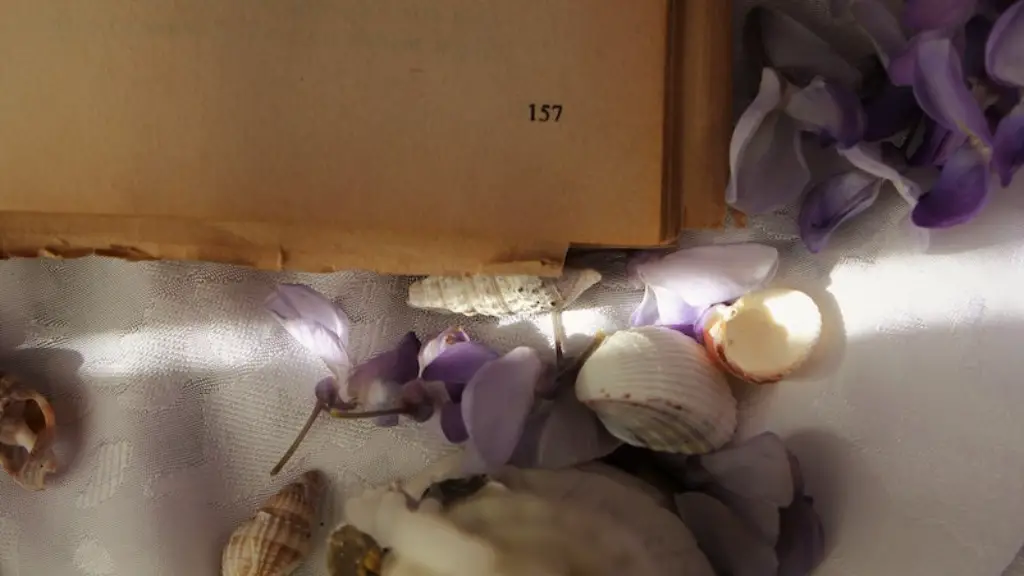Background Information On Haiku Poetry
Haiku poetry is a form of Japanese poetry which is composed of three lines. The lines make up a syllable pattern of 5-7-5, with each line having a specific number of syllables. Haiku are often associated with the natural world, and focus on a single moment in time. The poet aims to create a vivid image of their experience and is often considered a meditative art form.
Inspiration
When composing haiku, authors must take time to be present and mindful of their environment. In order to write meaningful haiku, it is important to observe and be inspired by nature, emotions and everyday objects. When an author sees a beautiful landscape, hears a bird sing, or feels a summer breeze, they should absorb the moment and use this emotional experience as inspiration for a haiku poem.
Writing Process
Writing a haiku is a creative process, and like any creative process, it is important to create a space for it. Writers can choose a place to take time for themselves, freed from all distractions. Once the writer has settled into a peaceful state, they can begin writing by focusing on a single element or image.
In haiku, the 5-7-5 syllable pattern can help the writer craft a poem with a distinct meter and structure. Visualizing the syllables can be helpful, as the acronym “ 53 ” can be used to simplify the three lines.
Additionally, authors can use literary devices such as assonance, alliteration and puns to create a flow in the poem. Finally, the writer can choose to include a juxtaposition to emphasize how two seemingly opposite elements can be simultaneously true.
Editing and Revising
Though often short in length, haiku is deceptively difficult to craft. It is important to read each haiku aloud and note how it sounds. If one line sounds choppy when spoken, the poet should consider if they need to reword the poem. Additionally, they may wish to consider if the poem has conveyed its intended meaning in the right way.
Often, there is more than one way to phrase the same idea into a haiku. As such, writers should feel free to experiment and explore different word choices. During this process, they can ask themselves, “am I sharing my experience in the best way possible?”. The goal is to make sure that the haiku poem effectively transports the reader to the scene and time that the poet experienced.
Tips for Writing Haiku
Haiku is a form of creative expression, and so there is no one-size-fits-all approach. There are, however, tips and tricks that can help a poet craft a meaningful haiku poem.
Firstly, a poem should focus on a single image or moment. Haikus should strive to create a vivid image of a scene or emotion in the fewest words possible. To do that, authors should focus on each line, making sure it serves a purpose for the poem.
Secondly, authors should be willing to take time to be present in the poem. Haikus should be simple and full of life, so hurry and overthinking should be avoided.
Finally, authors should remember to enjoy the process. Writing haikus should be a fun, freeing experience. There is no right or wrong way to write, so taking risks and experimenting should be encouraged.
Connecting With Nature
When writing a haiku, it is important to keep in mind that the goal is to connect with nature by capturing its essence in the verses. When an author takes time to appreciate and be inspired by nature, the sense of admiration and wonder that ripples through the poem can be felt and enjoyed by readers. In order for a haiku to be successful, it must evoke a powerful emotion or visual, making readers want to go out and experience nature.
Moreover, authors should also strive to find the beauty in simpler moments, such as the early morning sun, or a firefly in the night sky. These moments, though small, can create huge impact. By observing and experiencing the small details in nature, the author can deepen their connection to it and craft a poem that resonates with life.
Innovating Haiku
Traditionally, haiku poetry is composed of three lines that are composed of five, seven and five syllables, respectively. However, it is also important to recognize that, since haiku is a form of art, innovation is welcomed and encouraged.
In recent years, some authors have experimented with different styles of haiku. For example, there are those who have written haiku with lines of five, six and six syllables, or lines of three, five and seven syllables. Additionally, there are authors who have written haikus with more than three lines and fewer syllables, or haikus composed of a single line or even a single word.
Innovation is key to expanding and modernizing the form of haiku. By being creative, authors can breathe new life into a beloved traditional art form.
Duration
Though a haiku poem is brief and consists of only a few lines, its power can be instantly felt and appreciated. It has the potential to transport readers to the moment that the poet has experienced. Because of this, haiku poets should strive to capture their experience in the best way they can, while enjoying the process of crafting the poem.
Writing haikus can be a great way to express oneself and find peace. Once authors have finished writing, they should consider sharing their haiku in online communities or by submitting them to haiku collections or contests. Doing so can give the author the chance to gain exposure for their work and also to connect with a community of haiku enthusiasts.
Exploring Different Forms of Haiku
Though haiku is traditionally composed of three lines of 5-7-5 syllables, exploring different forms can be a great way to craft unique and meaningful poems. Innovative forms include extending the length of the poem, omitting the haiku’s division into three lines, writing haikus with longer or fewer syllables per line, and introducing different cross-cultural elements.
Authors can look to other literature to craft something truly unique. For example, they can find inspiration in cinquains, which are poems of five lines and follow a specific pattern of syllables. They can also explore new visual grammar, shape poems and prose poems.
Incorporating Other Poetry Forms Into Haikus
Combining haiku and other forms of poetry can help authors create refreshing and powerful works of art. When two literary styles come together, the result can be something beautiful and unanticipated.
Coupling haiku with sonnets, free verse, and limericks can result in a variety of hybrid poetry forms. For example, a haiku-limerick consists of two haiku linked by a final limerick line, in order to create a bridge between two distinct worlds. Similarly, there are modern forms like haiku-tankas, which is a combination of a haiku and a tanka, a 31-syllable poem in Japanese, composed of 5-7-5-7-7 syllabic units.
Evoking Emotion Through Haiku
The goal of haiku is to be divided, transport and evoke powerful emotions in the reader’s mind. In order to achieve this, it is important for authors to craft a poem that is specific and substantial. They should look for moments of insight and surprise that spark emotion.
By taking time to observe their environment and contemplate its implications, authors can create a vivid picture for the reader. Adding sensory details, such as tastes, smells and sounds, can also help in creating a strong connection between the reader and the poem’s message.
Finally, authors should aim to end the poem in a way that leaves readers with a sense of wonder or satisfaction. Crafting an effective haiku is a careful balancing act that requires skill and experience, but with determination and practice, an author can be successful.



